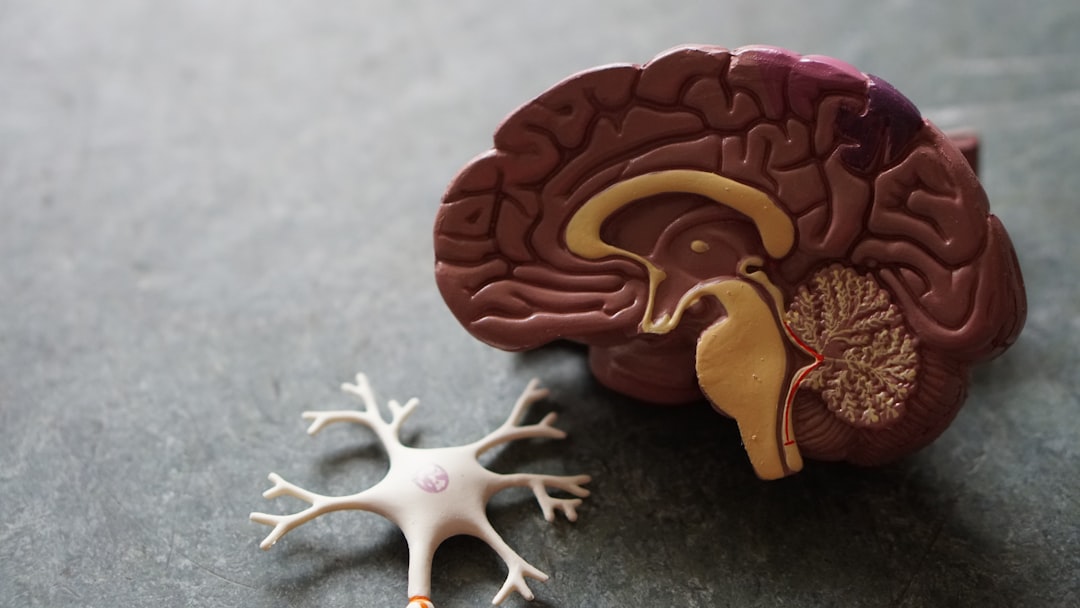What is it about?
Maculalactone A (1) constitutes a promising antifouling agent, inhibiting the formation of biofilms in marine and freshwater systems. In this study, we developed a new route, based on a late-stage formation of the butenolide core, leading to the total synthesis of maculalactone A (three steps, overall yield of 45%) and delivering material on a gram scale. In addition, analogues of the title compound were assayed concerning their biological activity, utilizing Artemia franciscana and Thamnocephalus platyurus. The most active analogue was functionalized with a rhodamine B fluorophore and was utilized in an in vivo staining experiment in Artemia salina. Two different tissues were found to accumulate this maculalactone A derivative.
Featured Image
Read the Original
This page is a summary of: Synthesis of maculalactone A and derivatives for environmental fate tracking studies, Organic & Biomolecular Chemistry, January 2015, Royal Society of Chemistry,
DOI: 10.1039/c4ob02042a.
You can read the full text:
Contributors
The following have contributed to this page










